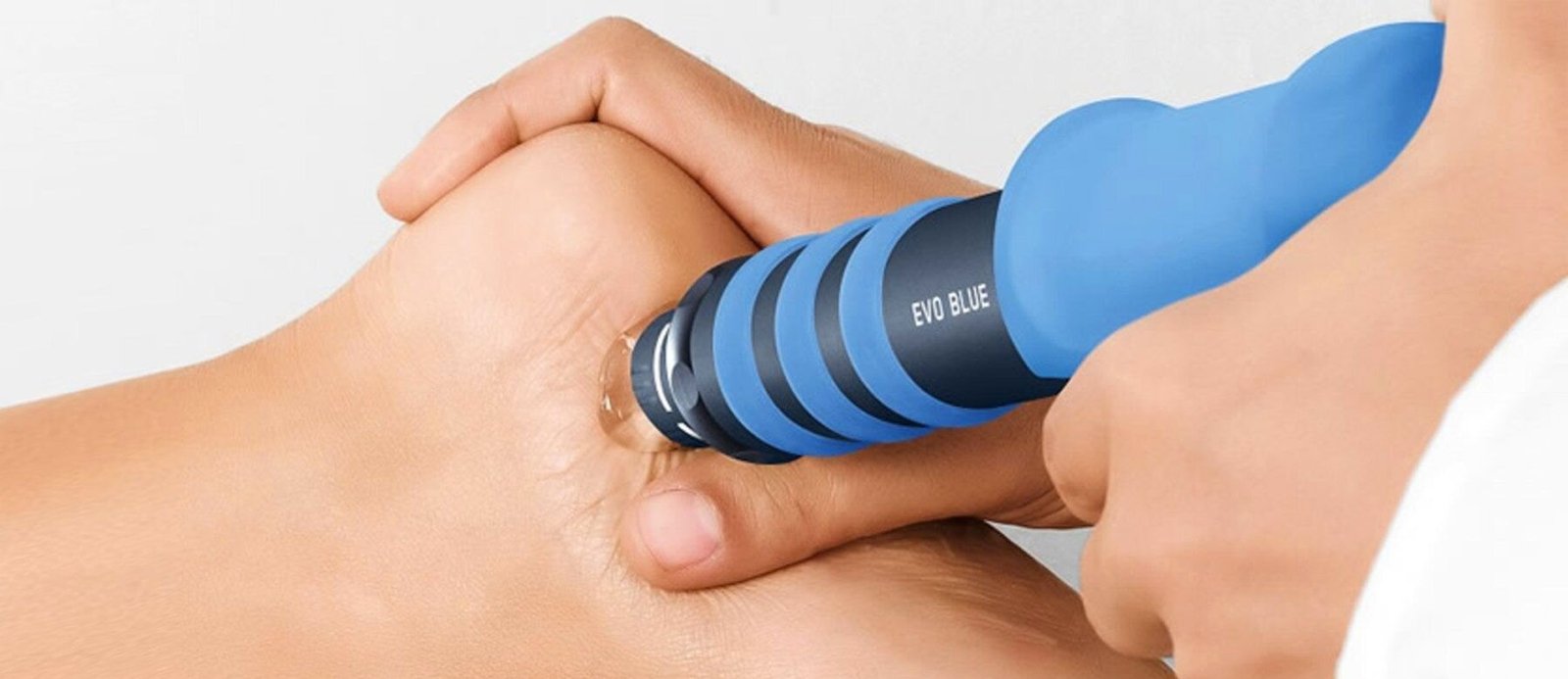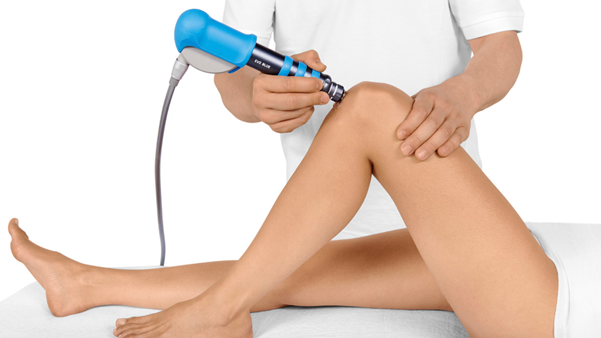




Shockwave therapy is a non-invasive treatment used to promote healing and reduce pain in various musculoskeletal conditions. It involves the application of acoustic waves to the affected area, stimulating the body’s natural healing processes and alleviating chronic pain. Shockwave therapy is commonly used for conditions like tendonitis, calcific shoulder tendinopathy, plantar fasciitis, and more.
Description:
Shockwave therapy, also known as extracorporeal shock wave therapy (ESWT), involves sending high-energy acoustic waves into the affected tissues. These waves stimulate healing by promoting blood circulation, breaking down calcifications, and enhancing tissue repair.
Description:
Shockwave therapy works by delivering controlled acoustic pulses to the area of pain or injury. These pulses increase blood flow, stimulate the body’s natural healing response, and break down any scar tissue or calcified deposits that may be hindering recovery.
Description:
Shockwave therapy offers numerous benefits, especially for patients with chronic pain or injuries that haven’t responded to conventional treatments.
Description:
Shockwave therapy is effective for a wide variety of musculoskeletal conditions, including both acute and chronic injuries.
Shockwave therapy is generally well-tolerated, though some patients may experience mild discomfort during treatment. The intensity of the shockwaves can be adjusted to suit each patient's pain tolerance.
Typically, 3-5 sessions are recommended, spaced about a week apart. The number of sessions may vary depending on the severity of the condition and the individual patient's response to treatment.
Yes, shockwave therapy is a safe treatment option for most patients, with few side effects. It is non-invasive and carries a lower risk compared to surgery or injections.
Many patients experience improvement after the first few sessions, with continued benefits over time. Results may vary, but significant relief can often be felt within 2-3 weeks after treatment.
Shockwave therapy is not recommended for individuals with certain conditions such as pregnancy, blood clotting disorders, or infections in the treatment area. It is important to consult with your healthcare provider to determine if it is appropriate for you.
We always take care of your smile
(+91) 8826469876
India’s Leading Hospital for Advanced Pain & Cancer Care, Providing Comprehensive Solutions for Chronic Pain and Recovery.
WhatsApp us